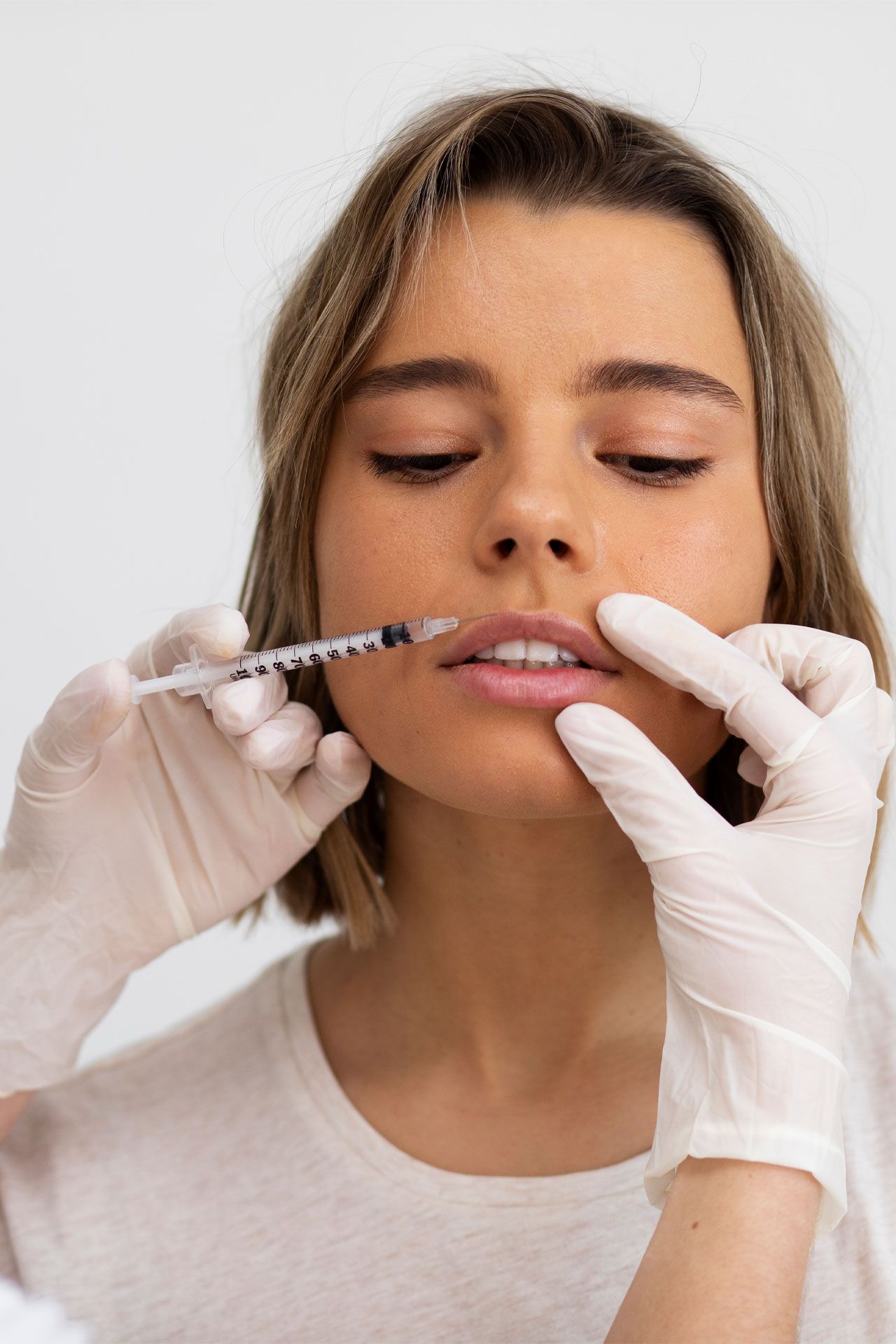Restore volume to the cheeks
JUVEDERM VOLUMA
JUVÉDERM® XC injectable gel is an FDA approved dermal filler manufactured by Allergan, Inc. Juvederm Voluma is a smooth-consistency gel that restores volume to the cheeks, creating a lift of the cheeks. It is made of hyaluronic acid (HA), a sugar that occurs naturally in the body. In terms of the skin, HA’s role is to deliver nutrients and hydration, and act as a cushioning agent.
Young, healthy skin contains a lot of HA, but factors that include aging and sun exposure reduce the amount, causing skin to lose structure and volume. Often referred to as Liquid Facelift, Voluma is an excellent filler enjoyed by women and men over the age of 21. A younger person may choose Voluma to create a high cheek bone look. As we age and lose volume, Voluma is used to restore the youthful appearance without changing your natural form.
Frequently Asked Questions
Wrinkles result from a combination of many factors, including: aging, collagen depletion, elasticity or damage caused by free radicals. Another reason for wrinkle formation is due to muscles contracting and causing skin to fold during facial expressions, such as, frowning and smiling. Wrinkles that we see only during facial expressions, are called dynamic wrinkles. These wrinkles can be prevented with use of Botox.
Wrinkles that we see even when our face is at rest are called static wrinkles. With age, we also lose bone and fat tissue, as well as collagen and natural hyaluronic acids under our skin. These type of deep set wrinkles and volume loss may be improved with use of fillers.

Facial fillers are injectable products that rejuvenate facial skin by reducing or eliminating wrinkles, raising scar depressions, enhancing lips and replacing soft-tissue volume loss. At Nuevelle Vie, we prefer to use Hyaluronic Acid fillers. HA fillers have several unique advantages – they are not harmful, the variety of fillers available provide most natural looking results, and may be easily diluted if patient and doctor decide to get rid of the filler. This rarely ever happens, in fact, never happened in our practice, but still good to have the option.
Spa Services
Treatments
Office Hours
-
Wed – Sat
10:00 am – 6:00 pm -
Tue – Sun
Closed
Contact
-
1502 East 14th street, Brooklyn, NY 11230
